This article explores the importance of inclusive communication practices and provides practical tips for ensuring effective collaboration for all. In today’s interconnected and diverse world, effective communication is crucial for ensuring that everyone feels heard, understood, and valued. It plays a pivotal role in fostering an environment where every individual, regardless of their background, feels empowered to contribute and collaborate. This is especially important in dynamic work environments, where promoting a sense of belonging and maximizing productivity are key. By embracing inclusivity in our communication strategies, we can create a more equitable and respectful workplace where every voice is valued.
Understanding Inclusive Communication
Inclusive communication is about making information accessible and understandable to all individuals, regardless of their backgrounds, abilities, or characteristics. It involves considering the diverse needs of the audience and adapting communication methods accordingly, creating
an environment where everyone feels respected, included, and valued. This practice recognizes and accommodates diverse perspectives, experiences, and communication styles, actively promoting understanding and empathy among all individuals. Inclusive communication is fundamental in creating a positive and supportive work culture. When individuals feel included and respected, they’re more likely to engage authentically, share their ideas, and contribute to team success. Inclusive communication practices break down barriers, foster empathy, and build trust among team members from diverse backgrounds.
Why is Inclusive Communication Important
Inclusive communication is crucial for fostering understanding, respect, and collaboration among diverse individuals. By ensuring that everyone feels valued and understood, inclusive communication promotes a positive and productive environment where ideas can flourish. Here’s why it’s so important:
1. Accessibility
Inclusive communication ensures that information is accessible to everyone, including individuals with disabilities. This includes providing alternative formats such as braille, audio, or large print for those with visual impairments, as well as using plain language and avoiding jargon to make content easier to understand for all.
2. Diversity and Representation
Inclusive communication acknowledges and respects the diversity of perspectives, experiences, and identities within an organization or community. By incorporating diverse voices and perspectives into communication efforts, organizations can foster a sense of belonging and inclusivity among all members.
3. Effective Collaboration
Inclusive communication promotes effective collaboration by ensuring that all team members are able to contribute and participate fully. When communication is inclusive, individuals feel comfortable sharing their ideas and perspectives, leading to more innovative solutions and better decision-making.
4. Enhanced Innovation and Problem-Solving
Inclusive communication fosters an environment where diverse perspectives are valued and encouraged. When individuals from different backgrounds, experiences, and abilities come together to communicate and collaborate, it often leads to more creative solutions. By tapping into a wide range of perspectives, organizations can better anticipate challenges and develop more effective strategies to overcome them.
5. Reduced Misunderstandings and Conflicts
Inclusive communication helps reduce misunderstandings and conflicts that can arise due to misinterpretation or lack of clarity. By using clear and simple language, avoiding assumptions, and being mindful of cultural differences, communicators can ensure that messages are understood by all recipients. This minimizes the chances of conflicts stemming from miscommunication and promotes harmony within teams and communities.
6. Improved Employee Engagement and Retention
Inclusive communication is key to fostering an inclusive workplace culture where all employees feel valued and respected. When employees feel that their voices are heard and their contributions are appreciated, they’re more likely to be engaged and committed to their work.
This, in turn, leads to higher levels of employee satisfaction and retention, reducing turnover costs for organizations.
7. Social Responsibility and Brand Reputation
Inclusive communication is closely linked to an organization’s social responsibility and brand reputation. In today’s socially conscious world, consumers and stakeholders increasingly expect businesses and organizations to demonstrate a commitment to diversity, equity, and inclusion. By practicing inclusive communication both internally and externally, organizations can enhance their reputation as socially responsible entities and attract like-minded customers and partners.
Key Practices for Inclusive Communication
Employing inclusive communication practices is essential for creating an environment where all voices are heard and respected. These practices promote diversity, equity, inclusion, and accessibility within organizations, leading to improved teamwork, creativity, and morale. Here are some key strategies to ensure inclusive communication:
1. Use Plain Language
Using plain language involves communicating in a simple, clear, and straightforward manner. It helps to ensure that information is easily understood by a diverse audience, including those with varying levels of literacy or language proficiency. By avoiding technical jargon and complex language, you can make your messages more accessible and inclusive to a wider range of people.
2. Provide Multiple Channels
Offering information through various channels allows individuals to choose the communication method that best suits their preferences and needs. Some people may prefer written communication like emails, while others might prefer face-to-face interactions or video conferences. Providing information through multiple channels ensures that everyone can access the information in a way that is most convenient for them.
3. Consider Accessibility
Ensuring accessibility means making sure that communication materials can be easily accessed and understood by individuals with disabilities. This could involve providing materials in alternative formats, such as braille or large print, using accessible digital platforms that work with screen readers, and ensuring compatibility with assistive technologies like screen magnifiers. By considering accessibility in your communication practices, you can make sure that everyone, regardless of their abilities, can participate and engage effectively.
4. Be Mindful of Visuals
Visuals play a crucial role in communication, but they can also inadvertently exclude certain groups if not used thoughtfully. When incorporating visuals, it is important to ensure that they are inclusive and represent a diverse range of people, cultures, and experiences. Avoiding stereotypes and being mindful of cultural sensitivities helps create a more welcoming and inclusive communication environment.
5. Encourage Feedback
Feedback mechanisms are essential for assessing the effectiveness of your communication efforts and ensuring that they are meeting the needs of your audience. By creating opportunities for feedback and dialogue, you demonstrate that you value the input of all individuals and are
committed to continuous improvement. Encouraging open and honest communication fosters a culture of trust and inclusivity within your organization or community.
6. Provide Training and Education
Offering training on inclusive communication practices helps equip individuals with the knowledge and skills needed to communicate effectively and inclusively. By educating all members of an organization about the importance of inclusive communication, you promote a shared understanding of diversity, equity, and inclusion. Training can help raise awareness, prevent unintentional biases, and create a culture where everyone feels respected and valued.
Conclusion
Inclusive communication is vital for creating an environment where all individuals feel valued, respected, and included. Organizations can promote effective collaboration, diversity, and accessibility by adopting inclusive communication practices. It’s fundamental for creating a supportive and collaborative environment where everyone can thrive. By embracing inclusivity in our communication strategies, we can foster a more harmonious and productive work environment where every individual feels valued and heard. Let’s commit to making our communication efforts more inclusive and accessible, ensuring that everyone has the opportunity to participate and contribute to our collective success, and let’s build a more connected and equitable world for all.

